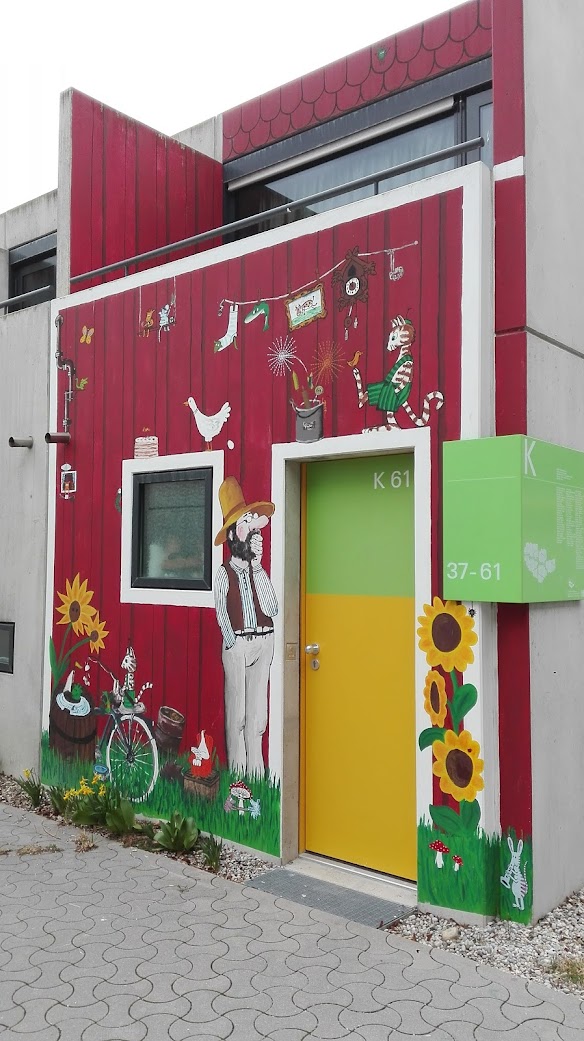Munich
Bavarian National Museum [Bayerisches Nationalmuseum]
The
Bavarian National Museum is one of the most important museums of
decorative arts in Europe and one of the largest art museums in Germany.
Since the beginning the collection has been divided into two main
groups: the art historical collection and the folklore collection.
The museum was founded by King Maximilian II of Bavaria
in 1855. It houses a large collection of European artifacts from the
late antiquity until the early 20th century with particular strengths in
the medieval through early modern periods.
The
building, erected in the style of historicism by Gabriel von Seidl
1894-1900, is one of the most original and significant museum buildings
of its time. It is situated in the Prinzregentenstreet, one of the
city's four royal avenues.
The main building of the Bavarian National Museum includes on three
floors exhibition rooms with in total about 13,000 square meters. The
core of the collection dates from the art collection of the Wittelsbach
family. This gives the National Museum an importance far beyond the
local area. Diversity and breadth of the collections, however, were
particularly motivated by the new additions to the subsequent period.
To date, the inventory is updated continuously not only through
acquisitions, but also by significant foundations and bequests. Support
experienced by the National Museum, in particular, by the 1960 launched
club "Friends of the Bavarian National Museum".
The
National Museum has several branch museums throughout Bavaria. A new
building behind the museum houses as addition the Bavarian State
Archaeological Collection (Archäologische Staatssammlung)
from the first settlement in the Paleolithic Ages through the Celtic
civilization and the Roman period right up to the early Middle Ages.
For more information about the Bavarian National Museum <please click here>.
Location: Bayerisches Nationalmuseum, Prinzregentenstraße 3, 80538 München, Germany
Location on the map: <please click here>
http://munich-travel-guide.blogspot.com - Always worth a visit!




